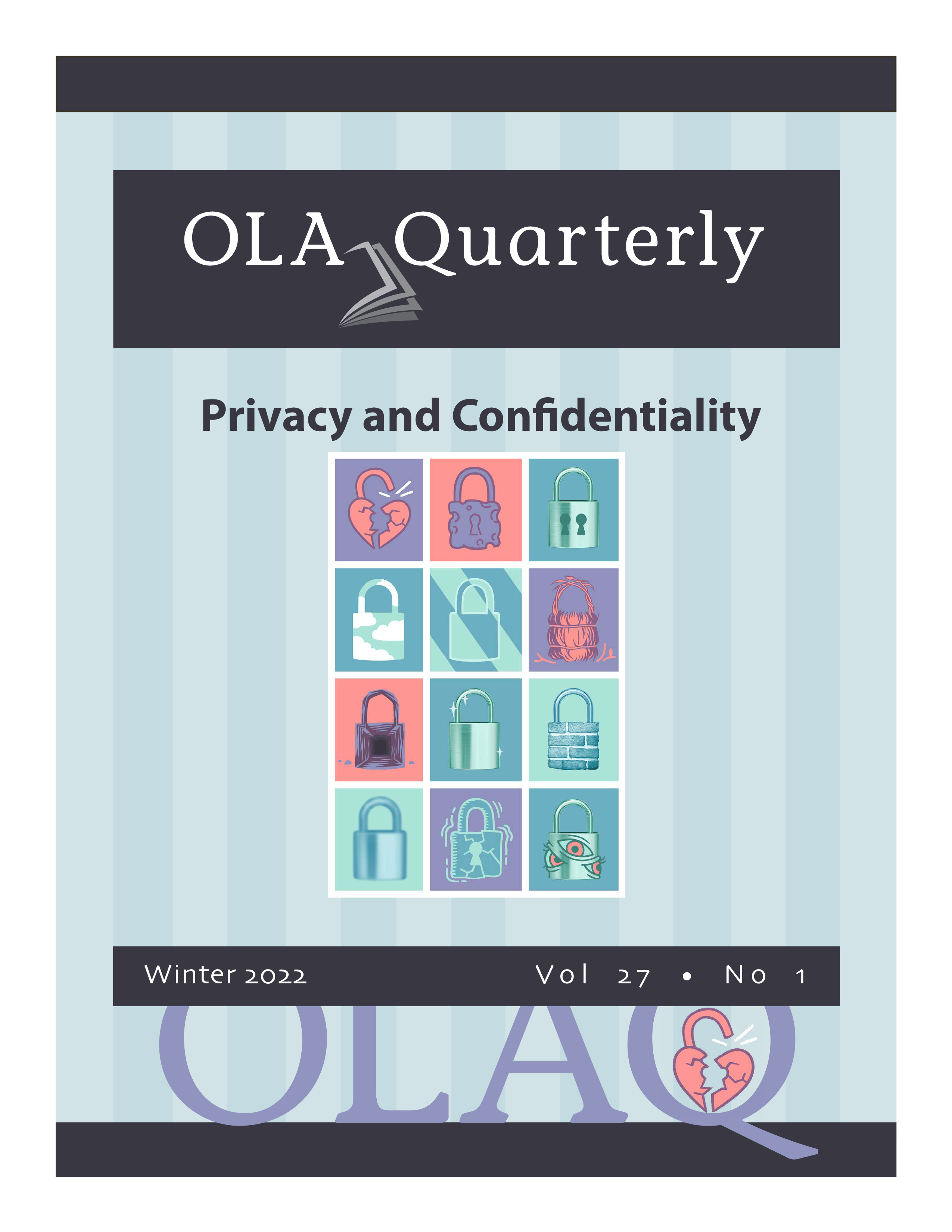Beyond HTTPS and the Cloud: Building a Safe and Secure Web Resource for DACA and Undocumented Students
DOI:
https://doi.org/10.5399/osu/1093-7374.27.01.07Keywords:
secure website, university website DACA, college website undocumented, privacy college undocumented, immigrant student privacy, secure college website https, college web https privacyAbstract
In 2016 and 2017, after the election of Donald Trump, the Deferred Action for Childhood Arrivals (DACA) program was in danger of being suspended or revoked entirely. This left many Oregon State University students in legal limbo, impacting their success as students as well as their ability to pay for college. The Department of Homeland Security, especially the small department Immigration and Customs Enforcement (ICE), ballooned in influence with the new administration. Trump had made anti-immigration a cornerstone of his campaign and that did not slow down once he took office. Undocumented students were now staring down new legal and financial challenges that were well outside their (and university) control. The university needed to respond quickly to changes in immigration policy, aid students who were struggling, and have one central location for advisors and students to find resources.
The Oregon State University (OSU) library got involved in the university's effort to help DACA and undocumented students. At the time, relevant resources were siloed across campus, so it was difficult for students to know what resources were available. Even advisors couldn't navigate the various systems. For example, on the OSU website, the Admissions page and Student Legal Services page both had relevant information, but they didn't refer back to one another. To help resolve this problem, the library offered to gather the resources distributed across campus for undocumented and DACA students.
After the resources were collected, I was approached by one of the librarians on the project to develop a more permanent technical solution. I'm a website developer for the OSU Valley Library. Just like most smaller libraries, the Valley Library relies on third-party vendors for many services; however, my department also creates custom web solutions for the library. Because this project required special privacy and security provisions for this vulnerable student population, the library opted for a custom solution.






